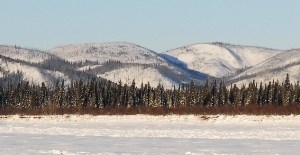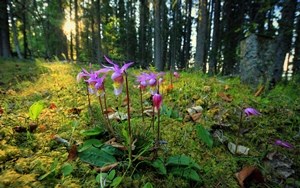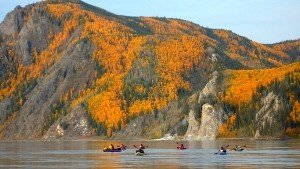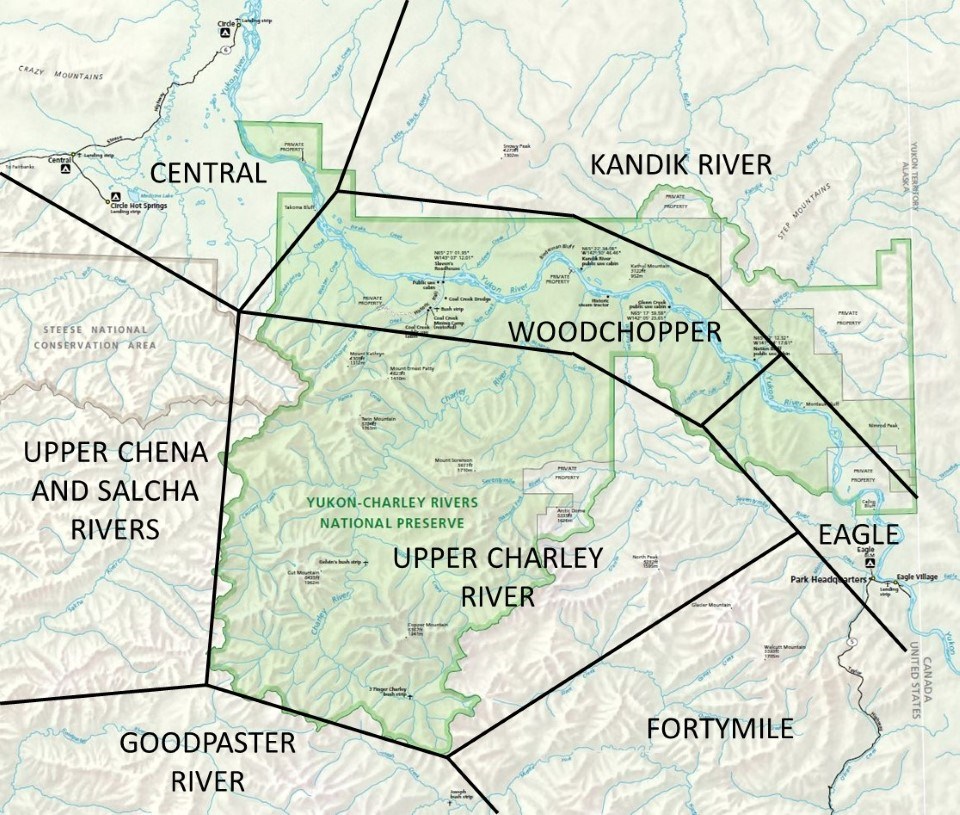|
Yukon-Charley Rivers covers 2.5 million acres in eastern Interior Alaska. It is flanked to the north and northwest by the Yukon Flats and to the southwest by the Charley River headwaters. The climate of the interior area between these two mountain ranges is generally classified as sub-arctic, with exceptionally cold winters, relatively warm summers, low annual precipitation, and generally high winds. The elevational range of the preserve (600 to 6,000+ feet) produces local variations in weather and climate, typical of an interior climate. Higher elevations experience warmer winters (due to cold air inversions), cooler summers, heavier precipitation, and higher winds compared to the sub-arctic landscape below timberline. In summer (mid-June to mid-August), expect hot days and cool nights. Watch out for thunderstorms that bring lightning, downpours, and high winds. During dry years, wildland fires may be burning. Rivers begin freezing in October and winter brings snow and extreme cold. Ice on the Yukon River breaks up in mid-May, making travel impossible until the ice floes and flooding have dissipated (which can take a couple weeks). 


Autumn: The transition from summer to winter is rapid. Peak fall colors occur in the high country in late August and by mid September, most aspens and birches have turned golden. Ice begins flowing in the Yukon River in late October, with freeze-up usually by mid-November. 
National Weather Service ForecastsClick on a map area for a Zone Area Forecast from the National Weather Service
View the current conditions at Coal Creek and the current conditions in the Upper Charley River on the MesoWest website.
Other ForecastsNational Weather Service River Flow Forecasts for Yukon-Charley Rivers. Loading weather forecast... Loading weather forecast... |
Last updated: November 15, 2022

